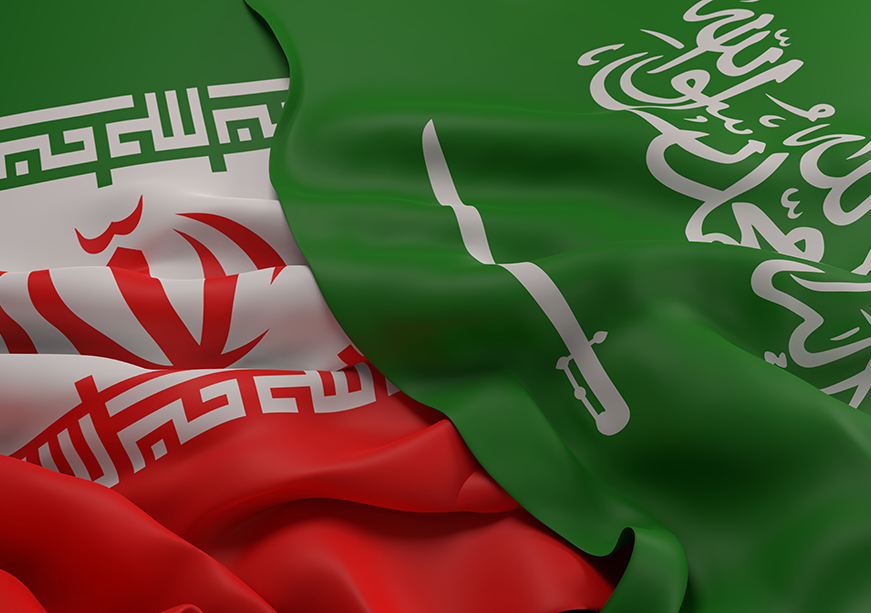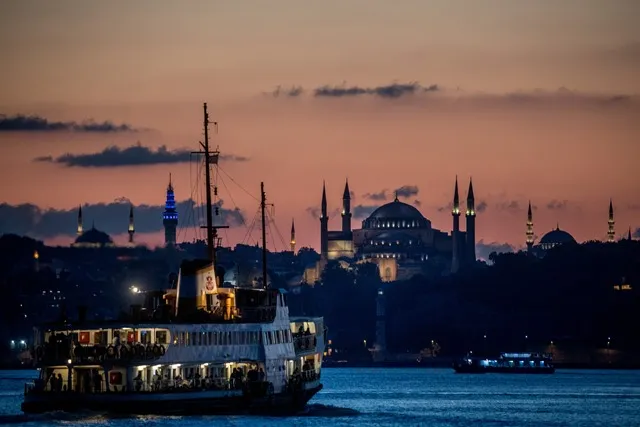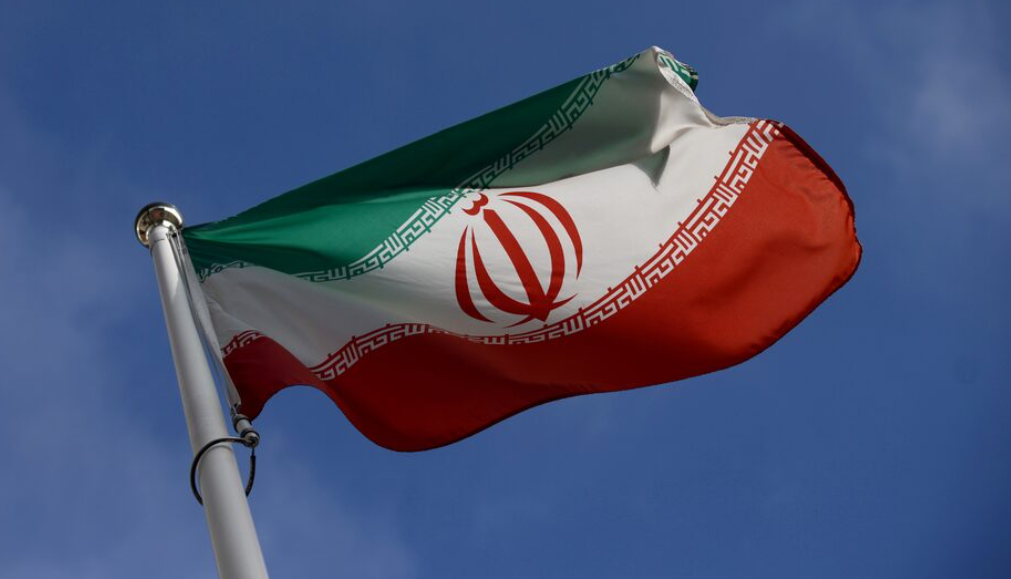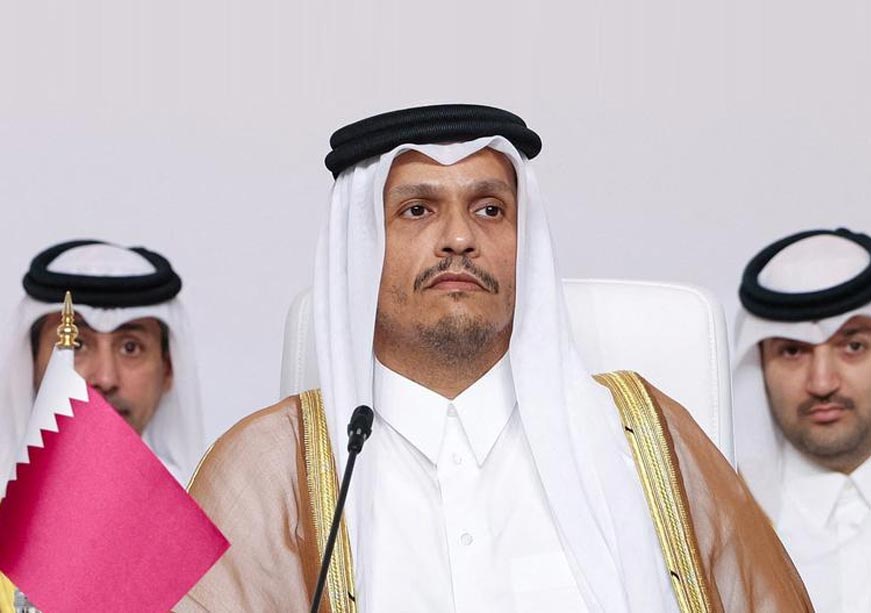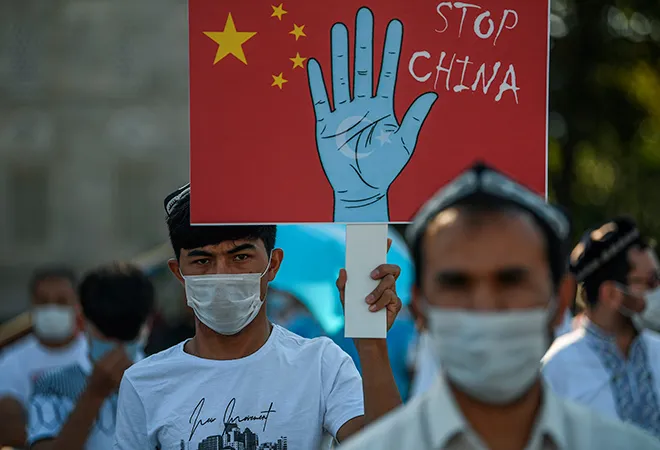The start of 2025 has been marked by a series of shocks, especially in the Middle East. The effects of the Gaza war continue to reverberate across the region, while Lebanon witnessed widespread devastation due to Israel’s military campaign against Hezbollah. Syria, too, entered a new post-Assad era—one fraught with hope and uncertainty. Against this backdrop, the shifting international landscape, especially with the incoming Trump administration, will further influence regional and global dynamics. While reconstruction efforts in Gaza, Lebanon, and Syria demand global attention, the broader process of regional rapprochement should be a central focus in 2025. Driven by international, regional, and domestic dynamics, 2025 will present both challenges and opportunities for the continuation of regional rapprochement efforts.
Testing GCC-Iran Rapprochement
Since 2021, the region has witnessed a gradual trend of rapprochement, starting with the thawing of the Gulf Cooperation Council (GCC) crisis. In early 2021, Saudi Arabia and Qatar turned a new page after a three-and-a-half-year boycott, dubbed the al-Ula agreement. 2022 saw a series of high-level visits from respective GCC states and Türkiye. However, the most significant effort toward reconciliation has been the GCC-Iran rapprochement, particularly the 2023 Chinese-brokered Saudi-Iran normalisation. While some have questioned the durability of these efforts, reducing it to be a part of a Saudi strategy to buy time. While that may not be inaccurate, the Saudi-Iran rapprochement is more than that, as evidenced by its resilience despite subsequent regional shocks.
In essence, the Saudi-Iranian normalisation was not merely about changing the framework of their relations, but fundamentally altering the very nature of Saudi-Iranian relations—shifting it from one predominantly shaped by external factors, such as Western pressures, to something more intrinsic.
2025 will, however, present several challenges for this strategic GCC-Iran rapprochement. The first challenge is Trump—the president who withdrew from the Joint Comprehensive Plan of Action (JCPoA) in May 2018. The Gaza war and the Iranian support for Hamas have made Iran both a political and military target for the US and Israel, exasperating Iranian anxieties. However, the Trump administration recognises that such maximum pressure campaigns on Iran will not reap the desired results, as Iran’s nuclear programme is now too advanced to be easily curtailed.
That said, the fiery rhetoric from both Netanyahu and Trump will fuel Iranian anxiety—something the Saudi ruling elite must manage, as they will seek to avoid getting caught in the middle of the triangular demonisation between Washington D.C., Tel Aviv, and Tehran. This triangular tension will put pressure on not just Saudi’s rapprochement with Iran, but the GCC’s reproachment with Iran as well.
Given that the Trump administration will be ushered into a region very different to the one he saw in 2017, coupled with a growing consensus that Trump may seek a deal with Iran instead of pursuing military action, the GCC-Iran rapprochement is likely to withstand the Trump test. However, even if the GCC-Iran rapprochement seems to weather this external pressure, the real tests will come from within the region, especially the one posed by the Houthi rebels which has the potential to disrupt the aforementioned progress.
Houthi threat: A threat and an opportunity
The 2022 Saudi-Houthi truce has always been fragile. Despite the hope that the Saudi-Iranian rapprochement will lead to enhanced Saudi-Houthi dialogue, cracks in the truce have appeared sporadically, as illustrated by a Houthi attack on a Saudi base in September 2023. As a result, Abdul-Malik al-Houthi has been fueling anti-Saudi rhetoric, deepening tensions between the two. The Gaza war has only boosted Houthi extremism, posing a serious concern to Saudi security and emerging as the most significant challenge to the GCC-Iran rapprochement. If the Houthi rebels escalate their actions against Saudi and other GCC states, they will observe Iran’s response to gauge its commitment to improving relations. If Tehran’s response falls short of their expectations, it could potentially fracture the Gulf rapprochement.
However, Houthi escalation with GCC states can serve as an opportunity to strengthen the rapprochement process. Akin to the Gaza war, where GCC and Iran have been able to find common ground, the Houthi situation may hold similar potential. During Iranian President, Masoud Pezeshkian’s visit to New York in September 2024, he briefly spoke about the difficulty of dealing with extremism within the Houthis. He said, “Even in our country [Iran], there are those who disagree with us and have their own beliefs, so we try to avoid uncalculated actions within our country, so how can we control those who are outside our state and are ideologically and emotionally motivated”.
While this was a very implicit criticism of the Houthis from the Iranian president, these remarks generated some interest in Saudi Arabia. Perhaps this can serve as a foundation to enhance dialogue between the GCC and Iran. By expanding upon the notion of regional spoilers of Gulf rapprochement and linking this with incentives to an economically and geopolitically weakened Iran, the Houthi escalation can be a space for GCC-Iran cooperation. The nature of such cooperation will become more evident as 2025 unfolds.
Conclusion
Having withstood the test of the Gaza war, the GCC-Iran rapprochement is proving to be a crucial security pillar that needs to be maintained. This rapprochement is not only vital for the GCC states and Iran but is also emerging as a foundational security bedrock for the region. It critically intersects with other pressing regional issues, including the reconstruction efforts in Gaza, Lebanon, and Syria, as well as the broader challenges posed by the incoming Trump administration and can thus contribute significantly to bringing stability to the region.
Abdulaziz Alghashian is the Director of research and a Senior Fellow at ORF Middle East.

